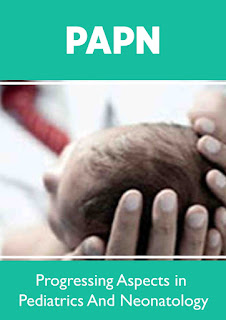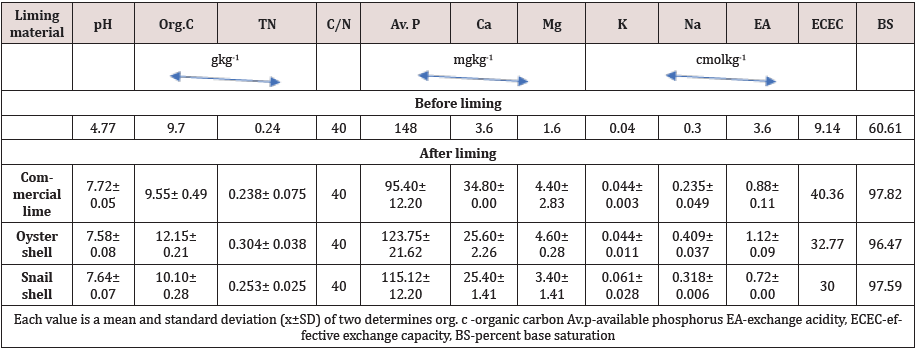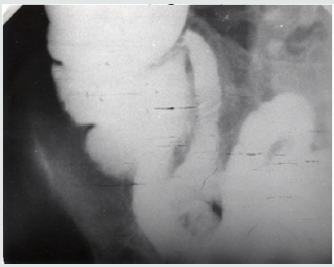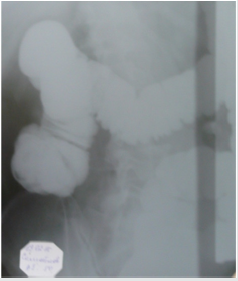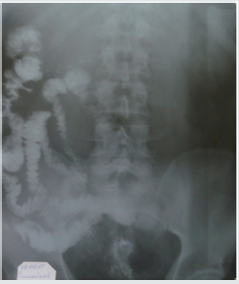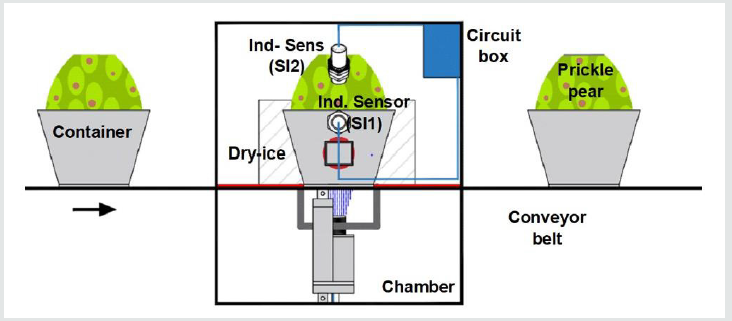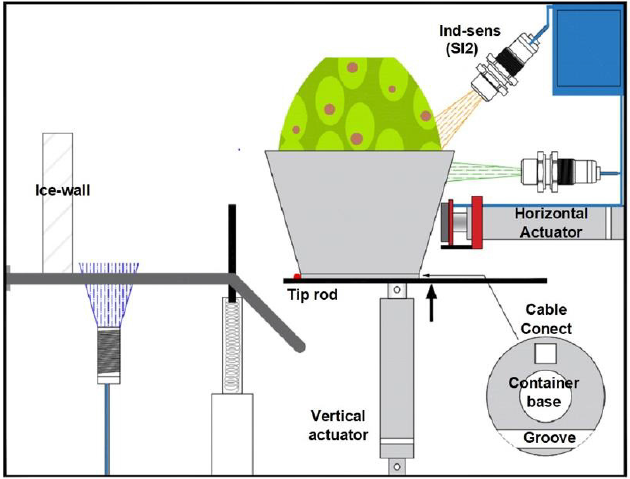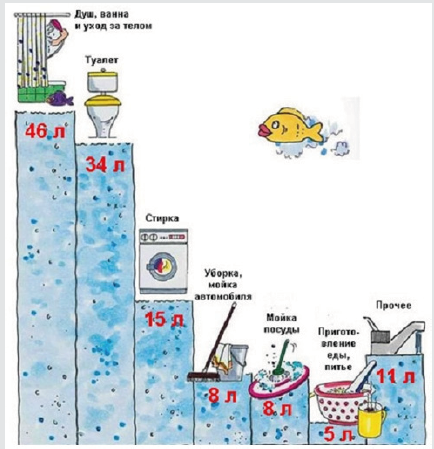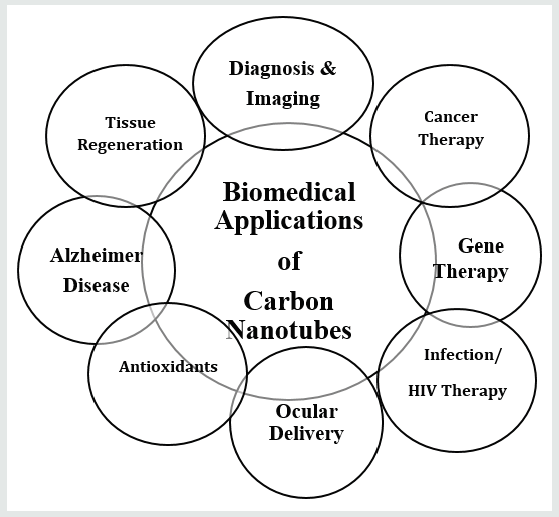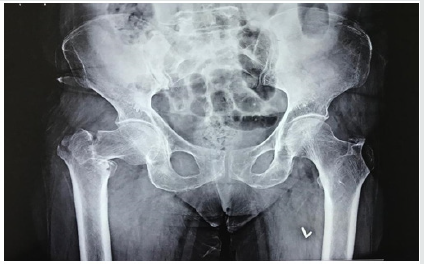SARS-CoV-2 virus has created an unprecedented public health and
global economic crisis. Despite the fact, that this virus was discovered
half a century ago, earlier version of this RNA virus (SARS-CoV) was
less virulent than the 2019 version of the virus (CoV-2), which turned
out to be the most potent killer virus. According to the Johns Hopkins
University (JHU) Coronavirus Resources Center (coronavirus.jhu.edu),
globally there are 28 million Covid-19 infected individuals and 900,000
deaths. In the USA, we have over 6.4 million infected individuals and
192,000 confirmed covid-related deaths. The response from the public
health perspective is important, to prevent further escalation of the
SARS-CoV-2 epidemic. Having said that, it is important to note, that
each country has responded differently. Vietnam, and Taiwan have done
well in keeping the Covid-19 infection rate and death to a minimum.
Public health experts worldwide, should study the response of Taiwan, in
preventing the spread of this highly contagious disease, without
massive tests and lockdowns. Currently the oldest (USA) and the youngest
(India) democracies, are competing for the number one position, interns
of highest number of infected individuals. India has over 4.5 million
infected individuals and 76,000 deaths. According to the JHU report
dated September 10, 2020, Mexico has the highest observed case-fatality
ratio (CFR) of 10.7%, compared to the USA (3.0%), and India (1.7%). In
earlier articles we have discussed the role of comorbidities such as
hypertension, excess weight, obesity, diabetes (Type-2) and vascular
diseases, on the severity of Covid-19 infection [1-6]. However, if one
looks at this situation from a historic perspective, in the last four
decades cardiometabolic disease such as hypertension, excess weight,
obesity, diabetes (Type-2), and vascular diseases, have increased in
prevalence and incidence to epidemic proportions worldwide [7-16]. Added
to this global burden of metabolic diseases, a killer virus has taken
advantage of the existence of these metabolic risks, which are known to
promote, oxidative stress, inflammation, vascular and immune
dysfunction.
China Medical Treatment Expert Group for Covid-19, reported in
January of 2019, that on admission, 20-51% of patients reported as
having at least one comorbidity, with diabetes (10-20%), hypertension
(10-15%), and other cardiovascular diseases (7-40%) being the most
common [17]. In this guest editorial, we will briefly discuss the role
of metabolic diseases such as hypertension, obesity, and diabetes in the
progression and severity of the coronavirus disease. According to news
reports, the first group of people to get hit by the virus in Italy were
the elderly. They also noted that Italy has the second oldest
population in the world, after Japan. Irony of this comparison is, that
Japan did not suffer such devastating effect from the SARS-CoV-2 as
Italy and Spain. In China, of the 1590 patients hospitalized in the
early days of Covid-19 pandemic, the mean age was 48.9 years. In the
USA, rates were highest among persons aged 65 years (12.2%), 65-74
(17.2%), and population older than 85 (54.4%). Public health experts
believed that younger population was less susceptible for the SARS-CoV-2
infection. As is with any prediction about the Covid-19, the story
keeps changing as the timeline changes. Currently there are over 500,000
infected young students in the USA. Earlier reports from China,
indicated hypertension and diabetes (Type-2) as the two major
comorbidities. However, in the recent months, dozens of studies have
reported that many of the sickest patients have been people with obesity
[18]. Furthermore, studies have demonstrated that even people who are
merely overweight, also are at higher risk for Covid-19. The study by
Ogden et al reported, the prevalence of childhood and adolescent
obesity, and noticed grater increases (2-fold) in non-Hispanic Black and
Mexican American adolescents [19]. This is particularly concerning,
because adolescents with severe obesity are at high risk for the
development of serious comorbidities including hypertension, diabetes as
well as Covid-19. In a recent editorial in JAMA, Rodgers and Gibbons
discuss the role of obesity and hypertension as comorbidities of
Covid-19. SARS-CoV-2 pandemic has brought out the susceptibility of
minority communities of color, and has exposed the complex interplay of
contributing factors, that are rooted in the social determinants of
health, and racial inequities. A 6-fold increase in the rate of death
for African Americans, living in the USA due to a ubiquitous virus
should be deemed unconscionable, as reported in the recent issue
of JAMA (April15, 2020). What is currently known about these
differences in disease risk and fatality rates? In Chicago, more than
50% of COVID-19 cases and nearly 70% of COVID-19 deaths involve
African American individuals, although they make up only 30% of
the population. This trend can me tracked down in various US Cities.
Poor living conditions, health care disparity, unhealthy nutrition,
and high incidence of metabolic diseases, seem to contribute to
the excess CFR in this ethnic group, as well as in other minority
communities [20, 21].
Considering the contribution of comorbidities to the
progression and severity of the coronavirus disease, one would
expect that China and India, with the largest populations of
diabetic subjects, should have the highest CFR (Deaths per 100,000
population) for Covid-19. On the other hand, Mexico (10.7%),
Iran (5.8%), and Spain (5.4%) have lot more mortality than the
USA (3.0%) and India (1.7%). Since the two major populations
with highest number of diabetics have not shown comparatively
high case fatality rate, it is worthwhile discussing the other two
comorbidities (hypertension and obesity) as the chief contributors
for the Covid-19 progression and severity. Trends in the prevalence
of hypertension in the USA, according to the NHANCE survey of age
standardized prevalence, decreased from 48.4% in 1999-2000 to
45.4% in 2015-2016. However, absolute burden of hypertension
consistently increased, from 87.0 million in 1999-2000 to 108
million in 2015-2016 [22]. Hypertension appears to be more
common in Mexico, than among Mexican Immigrants in the United
States. As far as the obesity goes, the number of obese children and
adolescents aged five to 19 years, has risen tenfold in the past four
decades and if current trends continue, there will be more obese
children and adolescents than those moderately or severely [23].
Among adolescents, obesity prevalence in the USA was 16.8%
in 2007 and 18.5% in 2016. Age standardized obesity in adults
increased from 33.7% in 2007 to 39.6% in 2015. Whereas, 62% of
the participants in Mexico reported, at least, being overweight [24].
When considering obesity data based on the BMI, we should keep
in mind that South Asians have a different body fat distribution,
compared to the European and Western population. South Asians
in general have central abdominal obesity.
Data from 6916 patient records that researchers from Kaiser
Permanente reported, compared to normal body mass index
(BMI) of 18-24 Kg/m2, the risk of death more than doubled for
patients with a BMI of 40-44 Kg/m2 and nearly doubled again, for
those with a BMI of 45kg/m2 or more [25] In an accompanying
editorial, David A Kass, a Cardiologist at the Johns Hopkins
University, wrote, “that these findings taken with prior research -should put to rest the contention that obesity is common in
severe COVID-19, -because it is common in the population.” The
pathophysiology of hypertension involves, complex interaction of
multiple vascular effectors, including activation of the sympathetic
nervous system, of the renin-angiotensin-aldosterone system, and
of the inflammatory mediators. Oxidative stress and endothelial
dysfunction are consistently observed in hypertensive subjects
[26]. As we have discussed earlier, obesity has reached epidemic
proportions worldwide. In the USA alone, the prevalence of
obesity has increased 50% in the past three decades, with 70%
of all adults being classified as either overweight or obese [27].
Beyond an impaired response to infections, people with obesity
also suffer from chronic, low grade inflammation. Fat cells secrete
inflammation triggering chemical messengers called cytokines, and
more come from immune cells called macrophages, that clean up
dead and dying fat cells. These in turn, impair vascular homeostasis
and lead to endothelial dysfunction [28].
If we carefully analyze a series of clinical events, that develop
post SARS-CoV-2 infection, we can begin to understand, why
metabolic diseases serve as independent risk factors for the
progression and severity of coronavirus disease. Initial route of
entry is via nasal and oral mucosa, -the preferred receptor that
facilitates the transmission seems to be the ubiquitous ACE2, which
is found in multiple types of cells and tissue including vascular
endothelium. Recent findings, that following the injury to the lung
tissue, the virus gets entry into the endothelium, opens a whole new
avenue for the progress of the disease and its severity. Endothelium
is the largest organ of the body, covering a large surface area and
reaching out to every tissue and organ. As such, the injury to the
endothelium could introduce a cascade of events, leading to platelet
activation, thrombin generation, and promotion of both thrombotic
and thrombolytic events [3]. Furthermore, people with metabolic
diseases such as, hypertension, excess weight, obesity, diabetes
(Type-2), and vascular disease, already have a compromised
endothelium and invasion of the SARS-CoV-2 virus leads to further
injury to the vascular system, by the disruption of vascular integrity
and endothelial cell death. These events lead to the exposure of the
subendothelial basement membrane, and results in the activation
of thrombotic and clotting cascade of events.
The question of why China and India with the largest
populations of diabetics, have relatively low rates of Covid-related
mortality, is quite puzzling. In China, -Covid-19 pandemic’s
epicenter, Wuhan, and its province, Hubei, Chinese Center for
Disease Control-network, formed 1300 epidemic investigation
teams, in addition to the 40,000 doctors and nurses. They used
very clever tracing tools with big data support. In the first week
of January the novel coronavirus infection was detected, and on
23 January 2020, they locked down the city of 11 million people
and soon the rest of the Hubei-a province of nearly 60 million.
The WHO-China Joint Mission on Coronavirus Disease 2019 Task Force concluded, “In the face of unknown virus, China has rolled
out perhaps the most ambitious, agile, and aggressive, disease
containment effort in history.” The strategy that underpinned this
containment effort was initially a national approach, that promoted
universal temperature monitoring, masking, and hand washing
[29]. As far as India is concerned, the general population thinks,
that they have innate immunity, as they are exposed to a variety of
Asian viruses. On the other hand, some scientists speculate that the
SARS-CoV-2 in India is a milder version, compared to the European
and US strains. According to a news report by Rajesh Nair in ‘The
Hindu’ of September 11, 2020, “Diabetes seems to be the main cause
of COVID-19 deaths in the Union Territories (UT) of India. A survey
conducted by the Jawaharlal Institute of Postgraduate Medical
Sciences and Research (JIPMER) showed 30% of the government
servants in Puducherry (UT) were diabetic.
In the same report by Nair, Emergency Surgeon of New Medical
Center, Dr T. Arjun Sundaram expresses his optimism by saying, “It
is an obedient (SARS-CoV-2) virus, if treated early for even people
with comorbidities. But people with comorbidities try to ignore
early symptoms, as part of their existing medical conditions, - just
as flu-like symptoms.” Comorbidities such as hypertension, excess
weight, obesity, diabetes, and vascular diseases increase COVID-19
related hospitalization by 6-fold and deaths, by 12-fold. In a recent
report from the USA, underlying conditions were reported in 71%
of individuals admitted to hospital with COVID-19 and in 94%
of the deaths [30]. In a study done at Westchester County, New
York, among Covid-19 patients, who presented with a comorbid
condition, more than 57% had high blood pressure, while 41.7%
were obese and 33.8% had diabetes. This study also found 90% of
coronavirus patients, who were put on ventilators died. A recent
global estimate published in Lancet, estimated that one in five
individuals worldwide are at risk for infection by SARS-CoV-2
virus. A recent report by Jain and associates from New Delhi, India,
discusses differential mortality in COVID-19 patients from India
and Western Countries [31]. The authors discuss the age of the
population, genetics of the virus, mutation of the virus, immune
variations of Indian subjects and the expression of the ACE2
receptor in the adipose tissue.
Authors claim that they have investigated and identified the
possible reasons and hypotheses for this disparity in observed or
reported Covid-19 related mortality. However, we feel strongly, that
there may be other, as yet unknown causes, and only future history
will reveal all the mysteries of coronavirus disease.
Read More About Lupine Publishers Journal of Diabetes and Obesity Please Click on Below Link: https://diabetes-obesity-lupine-publishers.blogspot.com/
